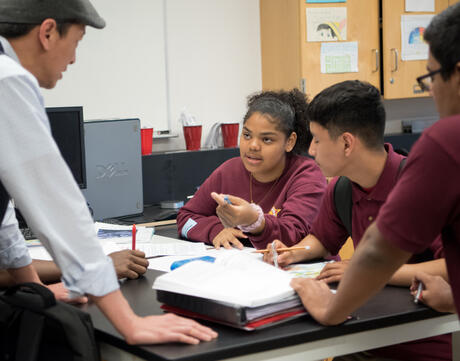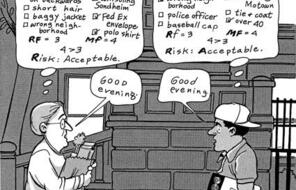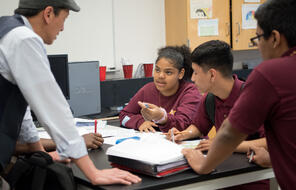
Analyzing Assumptions
At a Glance
Language
English — USSubject
- English & Language Arts
Grade
6–12- Culture & Identity
Overview
About This Learning Experience
We know that every person is different from any other in countless ways, yet when we encounter others, we often rely on generalizations to describe them. While it is a natural human tendency to identify patterns as a way of organizing the onslaught of information and stimuli we encounter in any given moment, it can also result in misleading or dangerous outcomes. In The Danger of a Single Story, one of the most viewed TED Talks of all time, author Chimamanda Ngozi Adichie uses the phrase “single stories” to describe the overly simplistic and sometimes false assumptions we form about individuals, groups, and even countries. Literature invites an examination of these assumptions, which are often central to the internal and external conflicts that drive character development and the plot of the story.
The following learning experiences use visual imagery to help students identify assumptions in a text and in the real world, consider the consequences of those assumptions, and imagine what it would take at their school to build awareness of the impact of assumptions on individuals and the community.
Preparing to Teach
A Note to Teachers
Before using this learning experience, please review the following information to help guide your preparation process.
Procedure
Activities
Materials and Downloads
Quick Downloads
Unlimited Access to Learning. More Added Every Month.
Facing History & Ourselves is designed for educators who want to help students explore identity, think critically, grow emotionally, act ethically, and participate in civic life. It’s hard work, so we’ve developed some go-to professional learning opportunities to help you along the way.
Exploring ELA Text Selection with Julia Torres
On-Demand

Working for Justice, Equity and Civic Agency in Our Schools: A Conversation with Clint Smith
On-Demand

Centering Student Voices to Build Community and Agency
On-Demand















